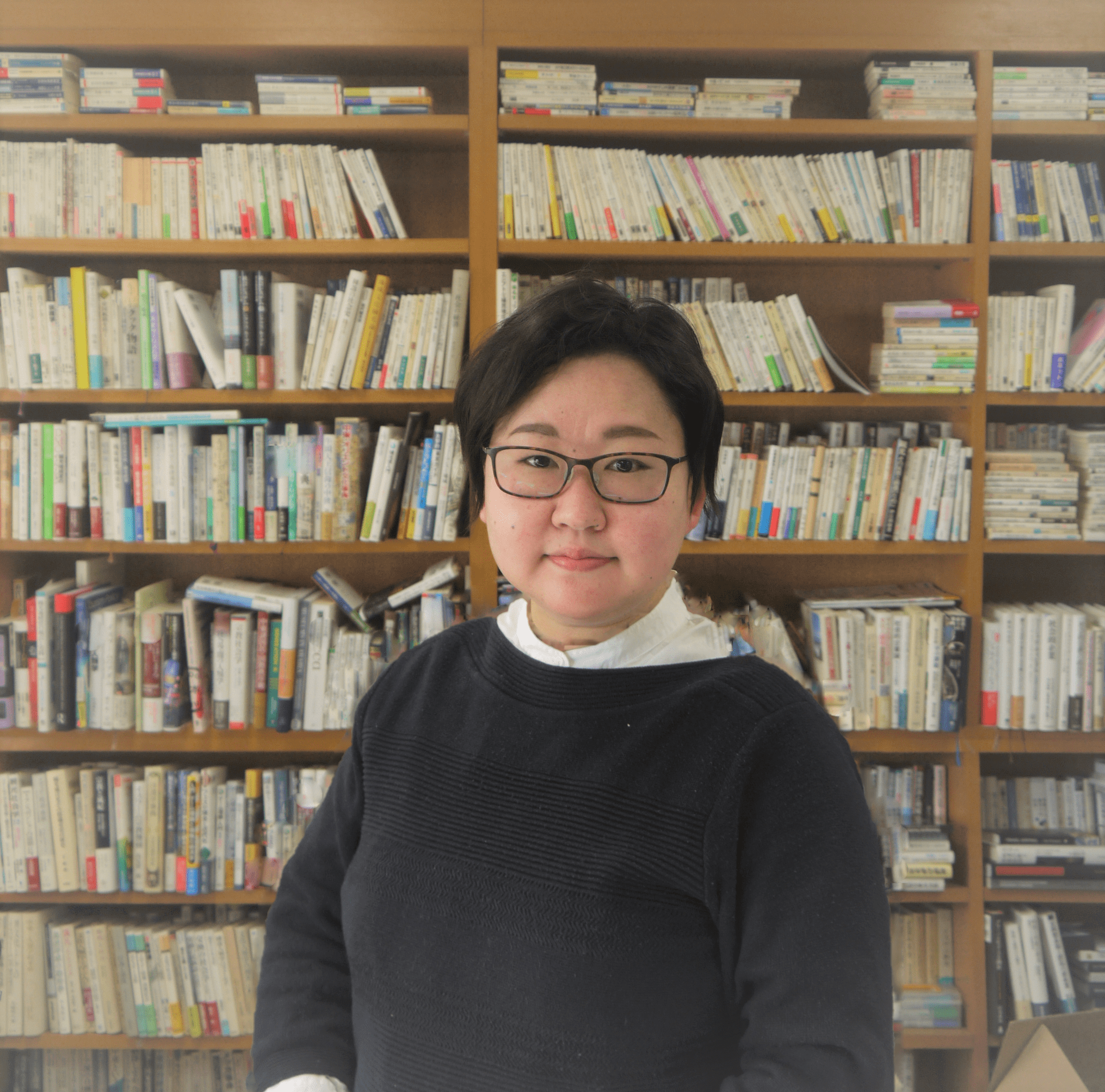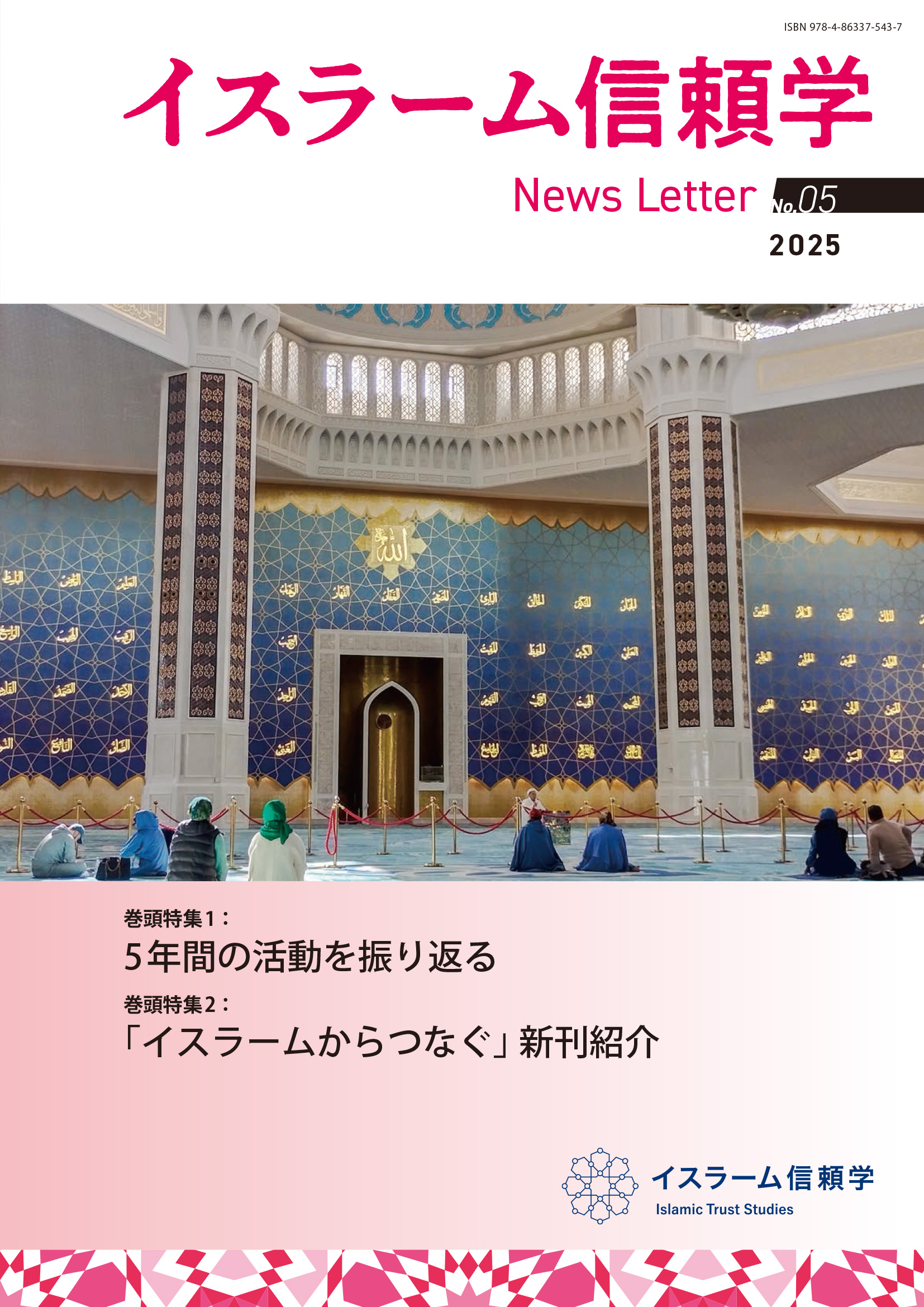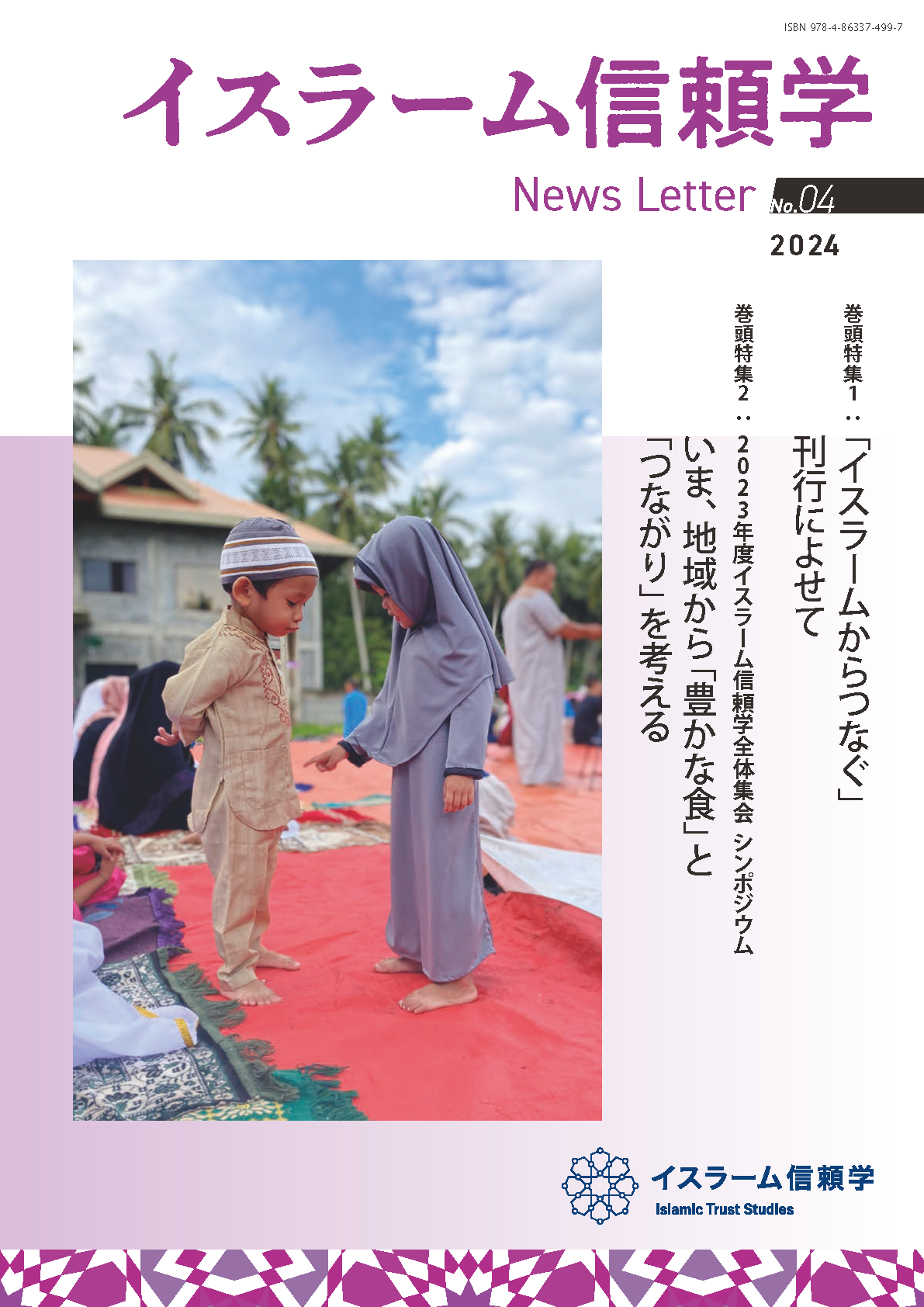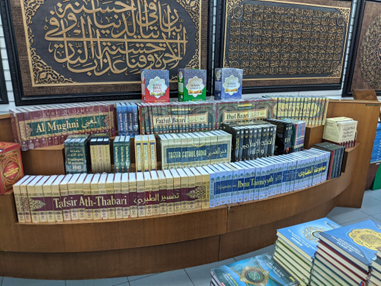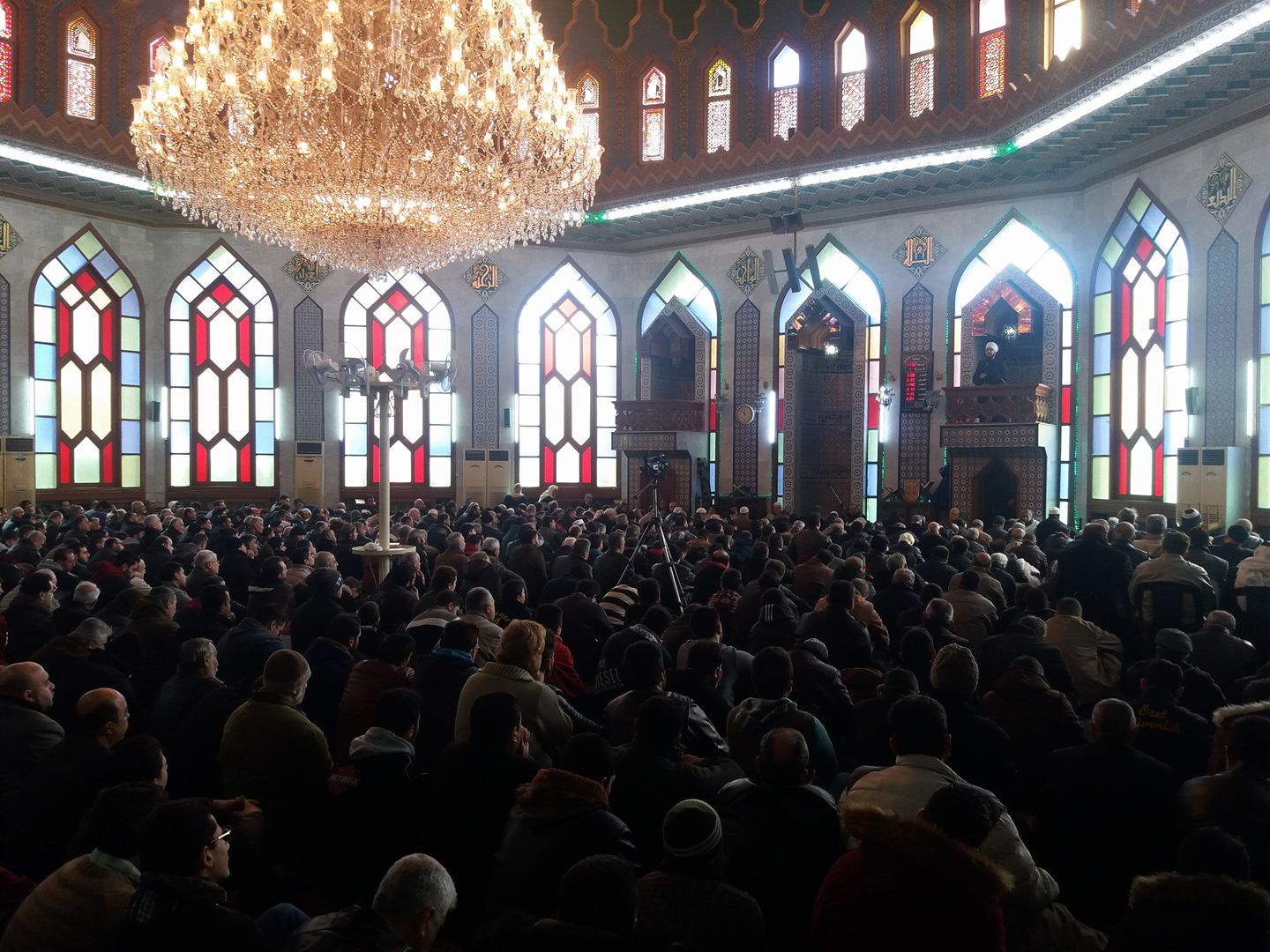Blog #3 “Observing how people judge the reliability of language in a bilingual society”
2022.01.26
Category: Blog
Author: Emiko Sunaga
It seems to me that people living in Japan regard studying English or other foreign languages as an activity to go “outside” of the Japanese culture: special occasions, such as overseas travel, study abroad, business trips, or international exchange programs. This may be because the Japanese language is spoken by so many people in Japan that we can make ourselves understood in Japanese concerning anything, that is, shopping, studying in school, etc. However, in the world, it is not obvious if the whole neighborhood communicates with each other in one common language.
Pakistan, the field of my research, is a multiethnic and multilingual society. There is neither a specific ethnic group called Pakistani nor a language called the Pakistani language. In this country, there are several ethnic groups with various physical appearances and origins, and there are 30–60 spoken languages. These languages include several endangered minority languages and spoken languages in which no newspaper or journal is published. The national language established by the Pakistani constitution is Urdu, and the official language is English.
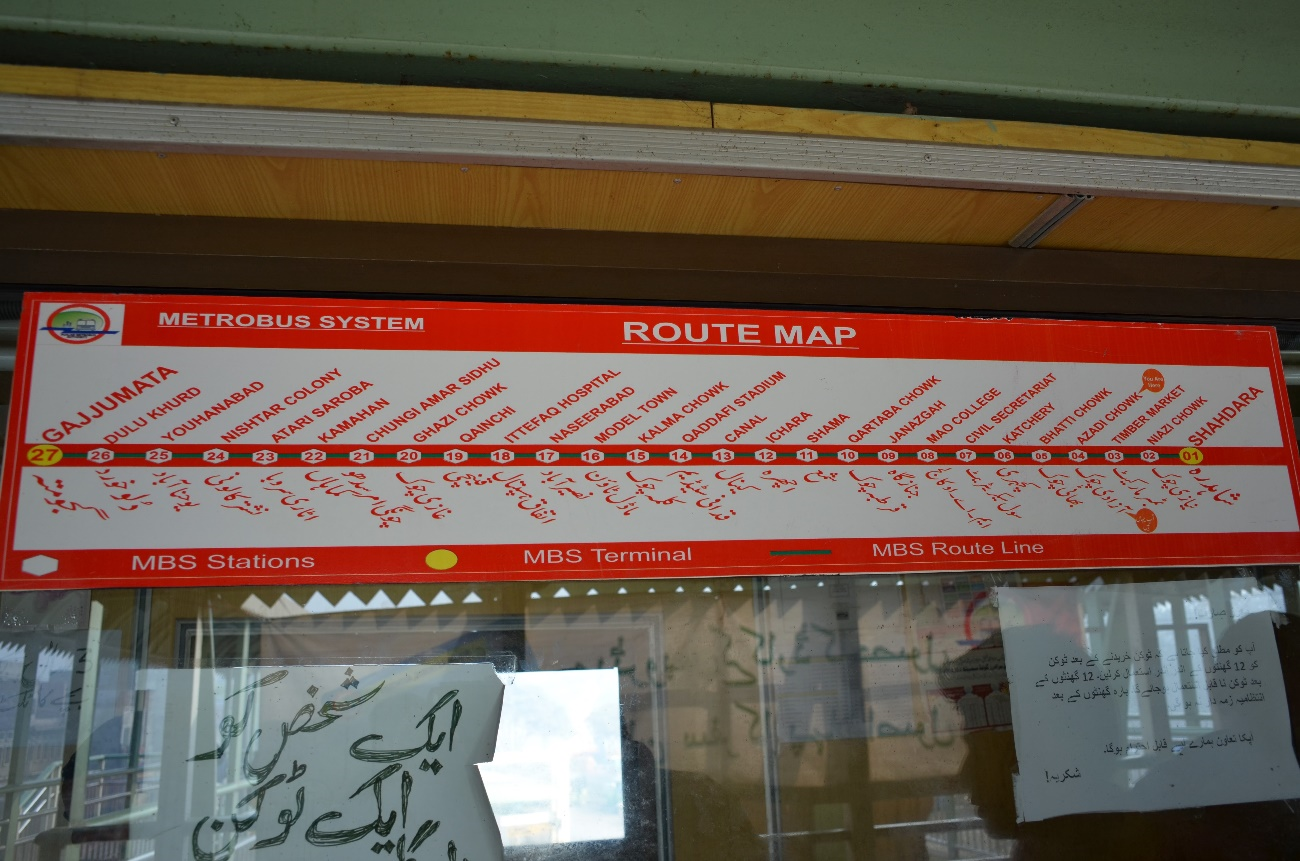
Many Pakistanis grow up being bilingual or multilingual; they speak their mother tongue with their parents, speak common languages of the region they live in when they shop at a market or in town, learn Urdu at school as the national language, and they use English for their business. As they skillfully use a specific language for each purpose, for someone like me who studied hard to learn the English language, I envy them.
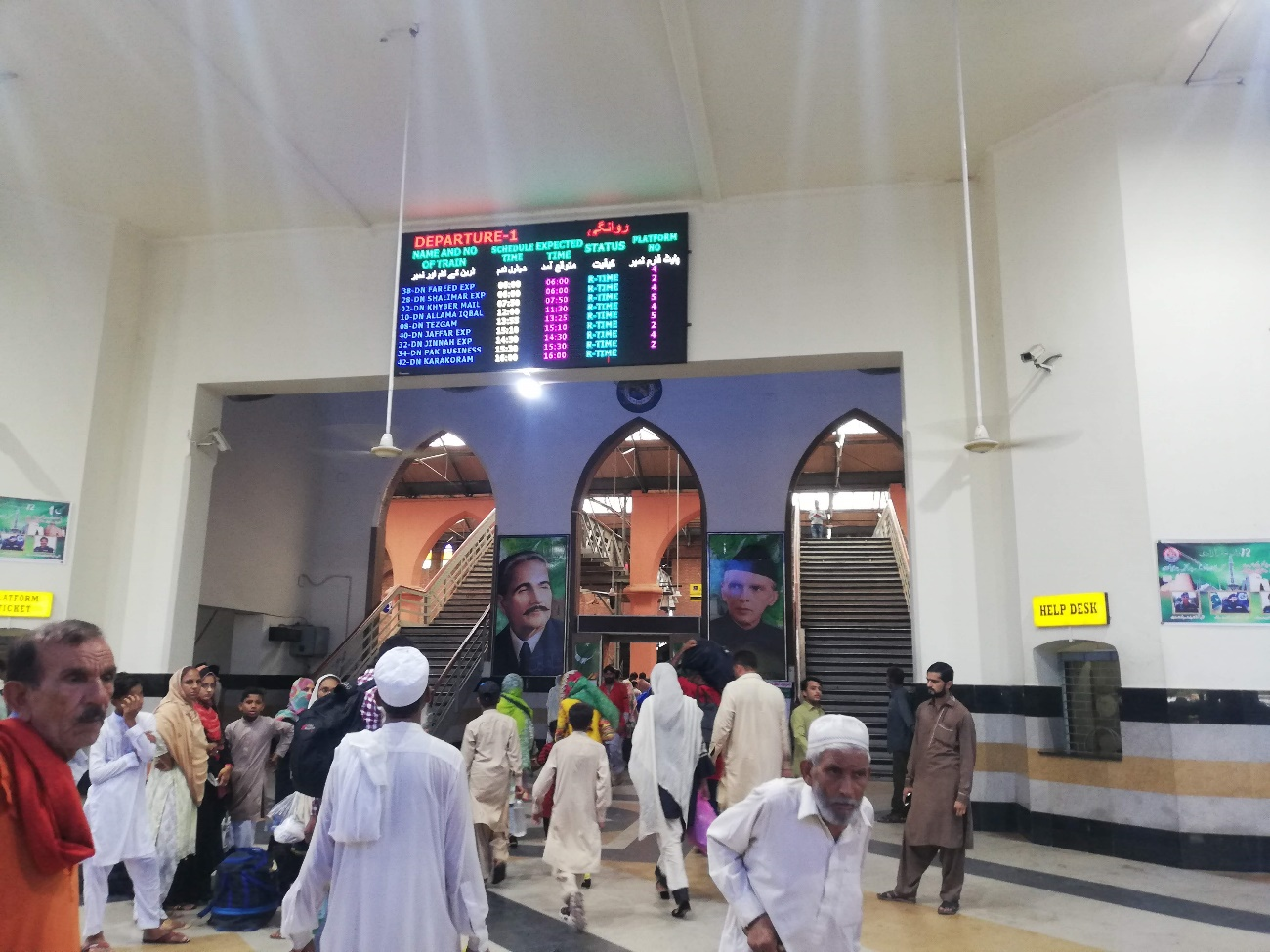
Urdu, the national language, has simple grammar, and it is easy to learn it as a spoken language. However, the technical terms used in court or universities are much harder to learn because they include many words that are borrowed from Arabic and replaced by English. Even in easier situations than legal terms, there are many cases where people can fluently speak Urdu but have difficulties in reading and writing it. This is because only 8 percent of the Pakistani population, which amounts to 200 million, speak Urdu both as a mother tongue and as a national language. In other words, 92 percent of Pakistanis people do not speak Urdu at home but learn it as a national language and as their second or third language through television and school education.
Some people in Japan might be surprised that people cannot always write in the national language. However, being multilingual does not mean being able to handle all the languages acquired at the same level. Hence, they need to appropriately gauge the “more reliable” language depending on each situation in their daily lives.
What should be done for a better coexistence of people who have a varied linguistic backgrounds? It is unreasonable to say, “the national language should be forced,” or “all people should uniquely use English in any situation because the world is globalized.”
How about the idea of always using all languages to respect all speakers? It is an ideal idea, but it is very complicated and takes a considerable amount of money. Neither the government nor companies have an inexhaustible budget to make translations or employ interpreters for languages used by few people. In addition, if the way of taking out the garbage was written in 60 languages, it would be so difficult to read it that people would give up on garbage sorting.
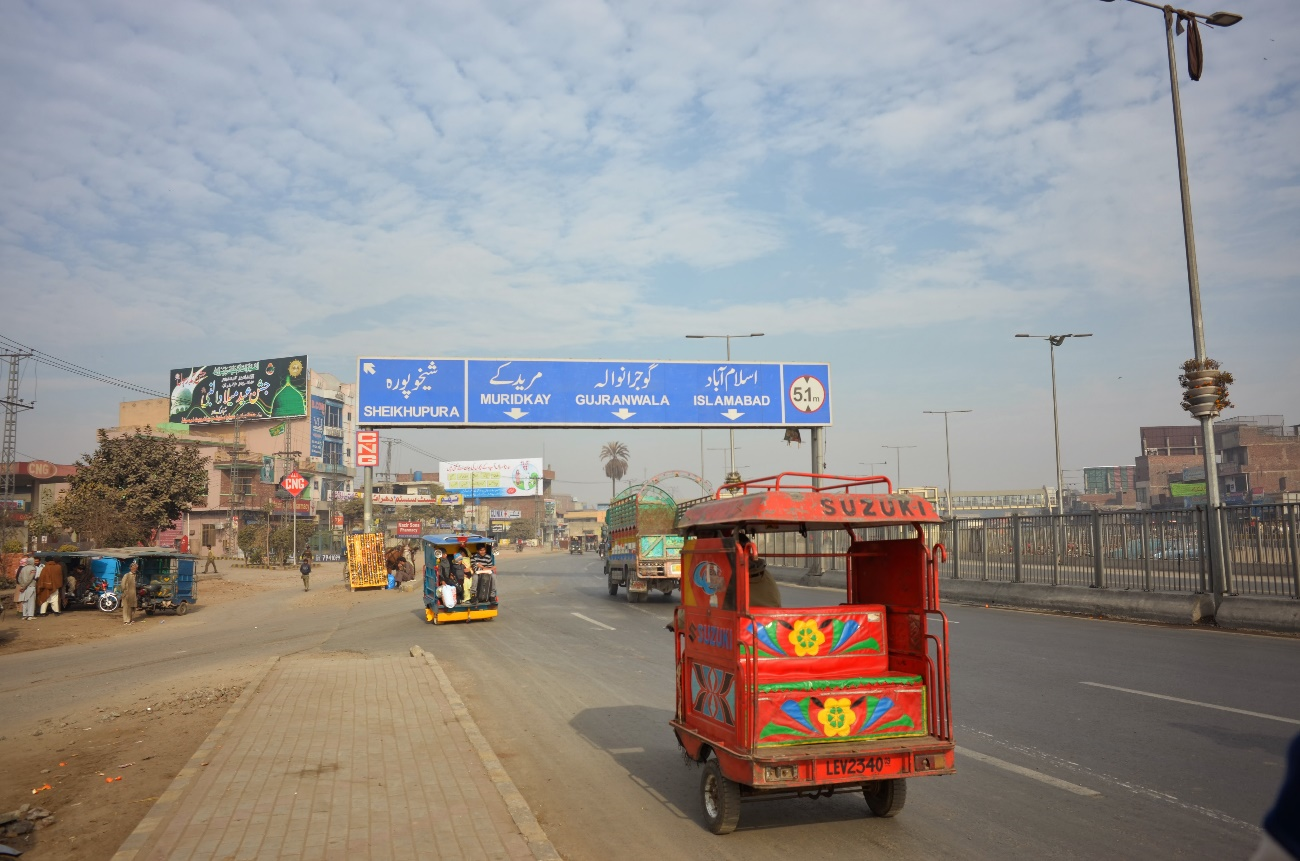
We can also see a blackish signboard for a religious advertisement written in Urdu and Arabic.
To solve this issue, the concept of Plain Language is proposed. With this concept technical terms, for example, are replaced with concise words in the official documents and instruction manuals. Plain English is already put into practice in the United States, where there are many immigrants. In Japan, Plain Japanese has been on display since the Great Hanshin-Awaji Earthquake (Jan 1995), and various ways of expressing information in plain language have been discussed, that is, putting Kana on Kanji, avoiding using ambiguous loanwords transliterated into katakana, and so on. For Urdu, we can hope that plain Urdu will enable people to understand it better by avoiding difficult words borrowed from Arabic and Persian-style literary idioms.
In the project of Islamic Trust Studies, my research subject is Plain Urdu where I would like to investigate linguistic services in Pakistan, a country where many languages are spoken.
Recommendation:
Noboru YOSHIOKA is a specialist in minority languages spoken in the north of Pakistan. In his book “Nakunarisouna Sekai no Kotoba (The Languages in Danger of Extinction in the World),” Sogensha, 2017, introduces not only languages in Pakistan but also languages in danger of extinction around the world such as Ainu and languages in Taiwan. I would like to also recommend “Genchi-girai no Fiirud Gengogakusha Kaku Katariki (Thus Spoke a Field-phobic Field Linguist),” another book written by the same author to whoever would like to do further reading.

